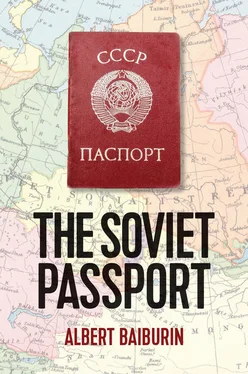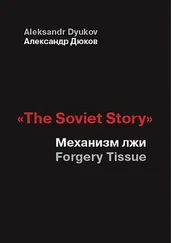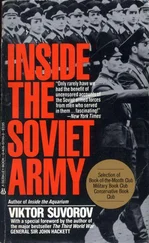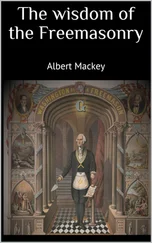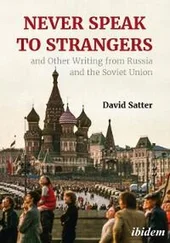Albert Baiburin - The Soviet Passport
Здесь есть возможность читать онлайн «Albert Baiburin - The Soviet Passport» — ознакомительный отрывок электронной книги совершенно бесплатно, а после прочтения отрывка купить полную версию. В некоторых случаях можно слушать аудио, скачать через торрент в формате fb2 и присутствует краткое содержание. Жанр: unrecognised, на английском языке. Описание произведения, (предисловие) а так же отзывы посетителей доступны на портале библиотеки ЛибКат.
- Название:The Soviet Passport
- Автор:
- Жанр:
- Год:неизвестен
- ISBN:нет данных
- Рейтинг книги:5 / 5. Голосов: 1
-
Избранное:Добавить в избранное
- Отзывы:
-
Ваша оценка:
The Soviet Passport: краткое содержание, описание и аннотация
Предлагаем к чтению аннотацию, описание, краткое содержание или предисловие (зависит от того, что написал сам автор книги «The Soviet Passport»). Если вы не нашли необходимую информацию о книге — напишите в комментариях, мы постараемся отыскать её.
While the basic role of the Soviet passport was to certify a person’s identity, it assumed a far greater significance in Soviet life. Without it, a person literally ‘disappeared’ from society. It was impossible to find employment or carry out everyday activities like picking up a parcel from the post office; a person could not marry or even officially die without a passport. It was absolutely essential on virtually every occasion when an individual had contact with officialdom because it was always necessary to prove that the individual was the person whom they claimed to be. And since the passport included an indication of the holder’s ethnic identity, individuals found themselves accorded a certain rank in a new hierarchy of nationalities where some ethnic categories were ‘normal’ and others were stigmatized. Passport systems were used by state officials for the deportation of entire population categories – the so-called ‘former people’, those from the pre-revolutionary elite, and the relations of ‘enemies of the people’. But at the same time, passport ownership became the signifier of an acceptable social existence, and the passport itself – the information it contained, the photographs and signatures – became part of the life experience and self-perception of those who possessed it.
This meticulously researched and highly original book will be of great interest to students and scholars of Russia and the Soviet Union and to anyone interested in the shaping of identity in the modern world.
